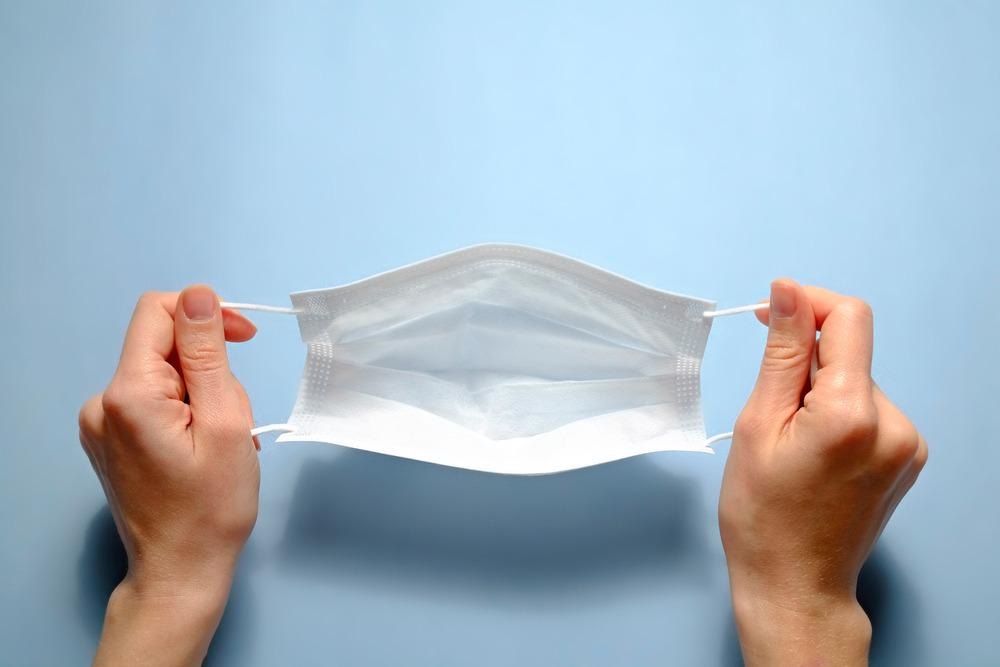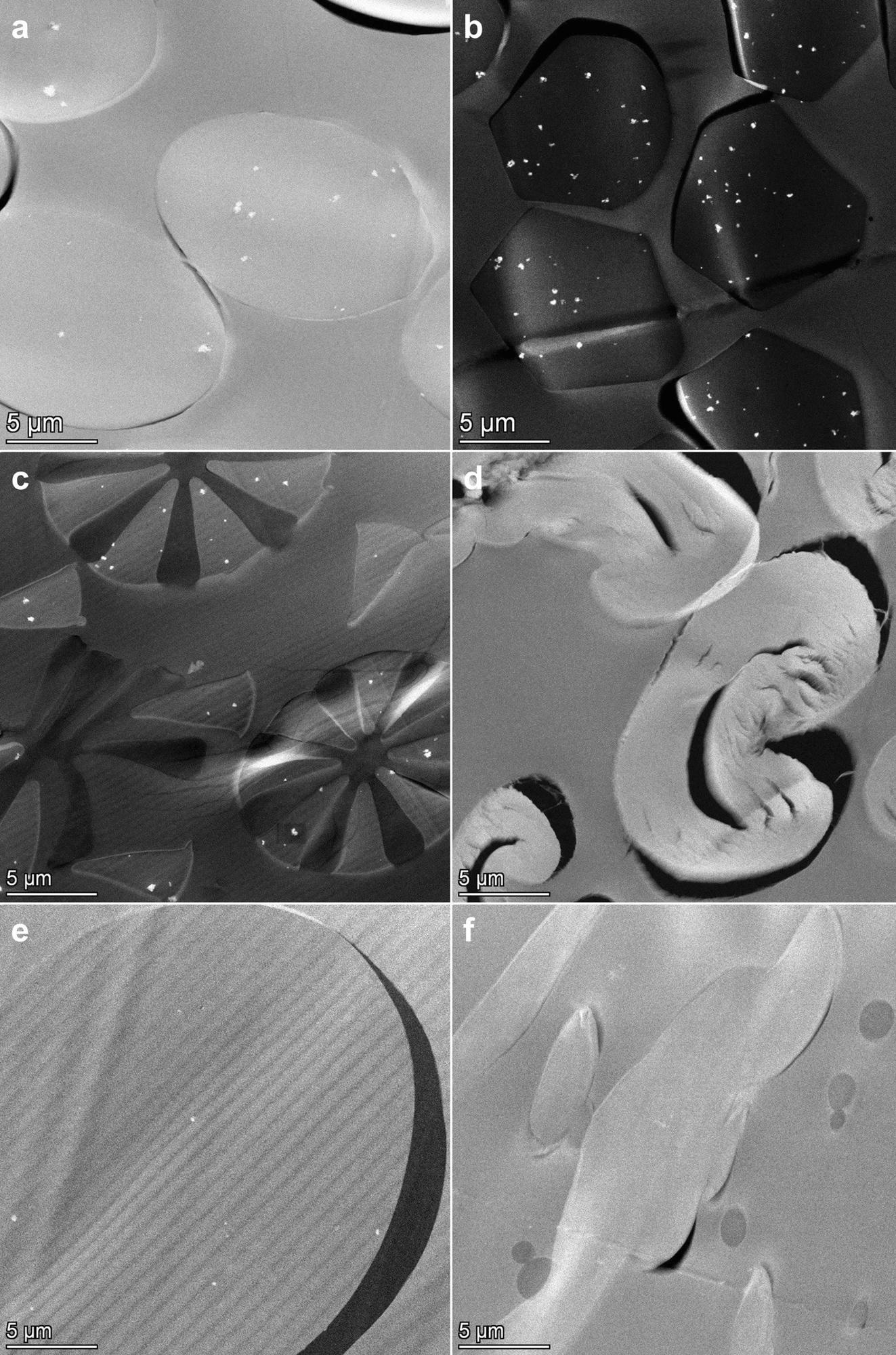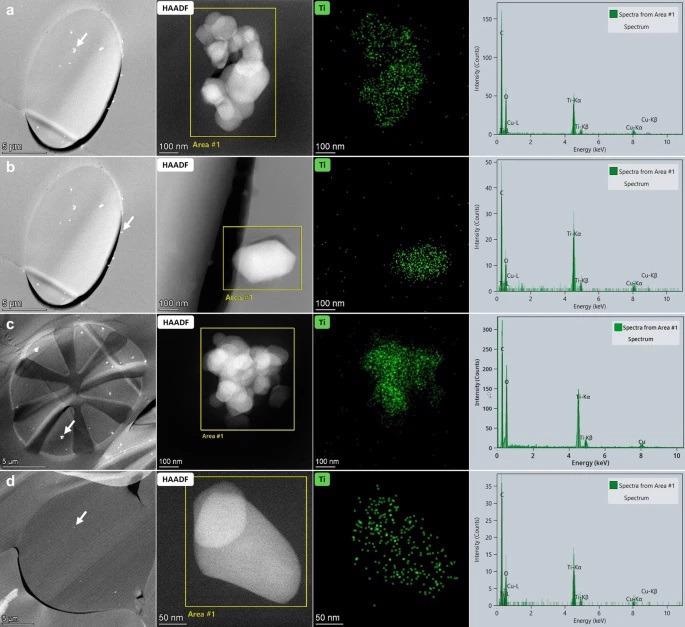Despite that titanium dioxide (TiO2) is a likely carcinogenic substance for humans when breathed in, fiber-grade TiO2 nanoscale particles were found in manmade textile fibers of public-use face masks, as discussed in an article published in the journal Scientific Reports.

Study: Titanium dioxide particles frequently present in face masks intended for general use require regulatory control. Image Credit: evrymmnt/Shutterstock.com
TiO2 in Face Masks
Face masks are a crucial and frequently used public protection strategy in the fight against the SARS-CoV-2 (COVID-19) virus.
In a recently conducted study that tested numerous sets of face masks set to be sold as personal protective equipment (PPE), it was discovered that TiO2 was present in amounts spanning from 100 to 2000 mg kg-1.
TiO2 is extensively used in face mask materials, as well as a broad range of other fabrics, for example, to increase UV light stability, as a whitening agent, or as a matting material. Furthermore, fabric firms are merging particular nanofibers, nanocomposites, and nanoparticle technologies into face masks to bring novel answers to the issues related to the COVID-19 outbreak.
Antimicrobial screens made from nanofibers featuring TiO2 nanoparticles, as well as graphene and silver, have been developed. TiO2 nanoparticle coats on cotton fabrics were used to improve self-cleaning and antimicrobial qualities.

Figure 1. HAADF- STEM images of sections of different types of fibers observed in the face masks, with (a) polyester, (b) polyamide, (c) bi-component microfiber, (d) cotton, (e) thermobonded non-woven fiber, (f) meltblown non-woven fabric. TiO2 particles are visible as bright white dots. © Verleysen, E., Ledecq, M., et al. (2022).
Why is it a Bad Thing?
There is growing concern about the potential long-term implications of an inadequately controlled usage of nanomaterials in fabrics to enhance the effectiveness of PPE.
Toxicities were seen in animal studies when TiO2 nanoparticles were breathed as well as taken orally. In 2017, the European Chemical Agency's (ECHA) Risk Assessment Committee (RAC) examined the cancerous potential of TiO2 and suggested classifying it as Carc. 2, H351 (suspected human carcinogen) via breathing. TiO2 was assigned this CLP categorization.
How the Research was Conducted
To determine if titanium dioxide nanoparticles in PPE masks pose a health concern, their quantities, physicochemical qualities, and localization were examined in a variety of face masks. Based on these observations, the quantity of TiO2 at the face of the mask fibers was determined and contrasted against the allowable breathing levels of exposure to TiO2, given per mask (AELmask).
Important Takeaways of the Study
In this study, the team found numerous important issues connected to the characterization, assessment, and risk evaluation of TiO2 in PPE masks that are outside the context of the research.
Generally, there is a scarcity of research evidence on the existence of nanomaterials in face masks, their properties, exposure, and hazards to the public. The methods for analyzing TiO2 nanoparticles in PPE masks are time-intensive and costly.
Despite the fact that this research centered around PPE masks meant for the general population, TiO2 nanoparticles may be found in other kinds of masks utilizing manmade fibers, such as surgical masks, even if they are approved.

Figure 2. STEM-EDX analysis of particles (a) in a polyester fiber, (b) at the edge of a polyester fiber, (c) in a bi-component microfiber and (d) in a non-woven fabric. (first column) The low magnification HAADF-STEM images show the cross sections of the fibers containing the analyzed particles (white arrows) shown in the (second column) higher magnification HAADF-STEM images. (third column) The spectral images of Ti (green) obtained by EDX show that the measured Ti signal coincides with the position of the particles shown in the STEM image, and (fourth column) the EDX spectra of the area’s indicated on the STEM image show the Ti signal. © Verleysen, E., Ledecq, M., et al. (2022).
The current investigation on face masks for the common person should be expanded to investigate the possible health concerns linked to the incorporation of titanium dioxide nanoparticles in surgical and PPE face masks, as well as the resulting workplace exposure.
The destination and discharge procedures of nanoparticles from face masks are still unclear; for example, nanoparticles might be discharged as singular particles, aggregates, fiber fragments carrying aggregates, or a mix of these.
Aggregates are hypersensitive to environmental variables such as acidity, protein content, ionic strength, and movement through the carrier medium, and may de-aggregate or aggregate further based on the environmental conditions.
While this results in complicated behavior of particles in contact situations as well as tissue absorption and bio-distribution, the impact on cytotoxicity or biological reactions remains unknown.
Data on the danger (breathing toxicity threshold) of the individual TiO2 nanoparticles included in PPE masks should be obtained in rigorous, repetitive dose inhalation research using fiber-grade TiO2 nanoparticles. Furthermore, further toxicological and epidemiological studies are required to determine the danger of susceptible groups, particularly children.
The necessity of using face masks while combating COVID-19 cannot be overstated. Nonetheless, these findings call for more investigation into nanomaterials in fabrics to prevent potential future implications from ill-regulated use and to enforce regulatory requirements phasing out or restricting the percentage of TiO2 nanoparticles, in accordance with the safe-by-design concept.
Reference
Verleysen, E., Ledecq, M., et al. (2022). Titanium dioxide particles frequently present in face masks intended for general use require regulatory control. Scientific Reports, 12. Available at: https://www.nature.com/articles/s41598-022-06605-w
Disclaimer: The views expressed here are those of the author expressed in their private capacity and do not necessarily represent the views of AZoM.com Limited T/A AZoNetwork the owner and operator of this website. This disclaimer forms part of the Terms and conditions of use of this website.